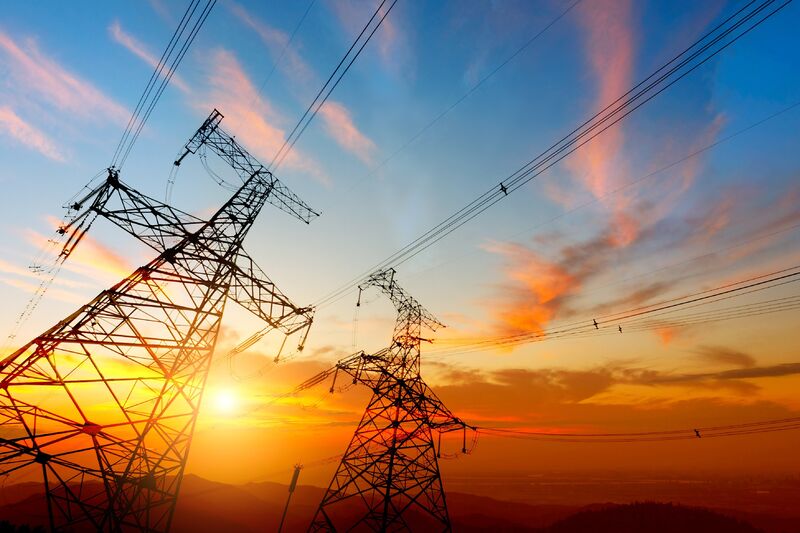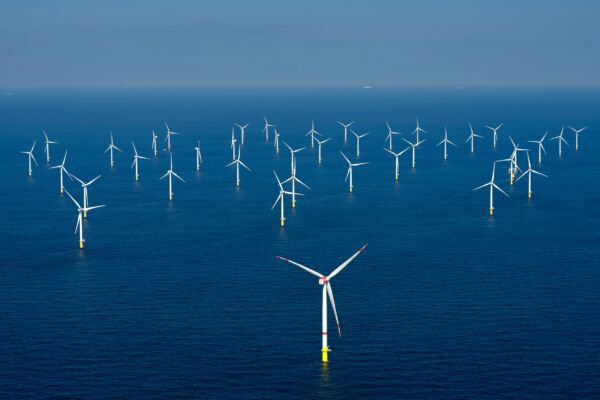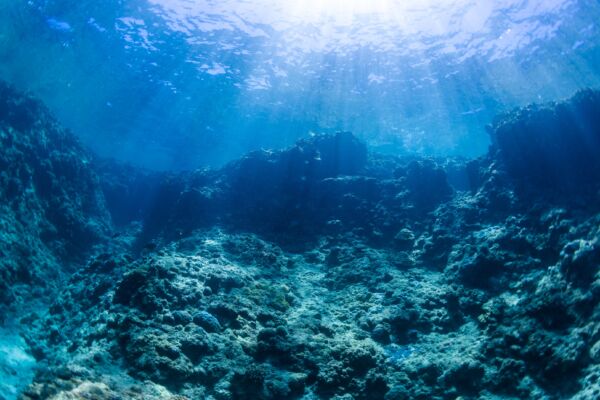Time is of the essence when it comes to reducing carbon emissions. As many national and international bodies commit to ambitious targets, ever stricter regulations are only adding to the pressure. Seeing as many carbon-related activities are unavoidable, the more realistic solution is electrification – fueling previously carbon-driven processes with electricity instead.
The powerhouse of the low-carbon future
Electrification provides a clear route to a low-carbon future. Electric cars, electric heating, electric manufacturing processes; the technology is there, but this is not necessarily an end to carbon production. Unless – and this is the critical point – electrification is developed jointly with green electric infrastructure. Wind energy is, argue ETIPWind and WindEurope, the perfect energy source to power Europe’s electrification.
The benefits of wind energy are manifold. But more than just being clean, increasingly reliable, cheaper, and growing in efficiency, the benefits of relying on wind energy for electrification also lie in its potential to improve even further. To be stored as hydrogen, to cover delayable demand loads when production is irregularly high, to take advantage of much faster winds at higher altitudes: all of these put wind in a key position to support an extremely demanding power grid. Mention of the power grid, however, signals a difficult barrier to electrification.
Electricity, check. Grid, not yet.
Despite gradual progress towards smart grids, most electricity grids today are steady yet inflexible. The power evacuation process is significantly simpler when based on fossil fuels, but an electricity grid that is built around an electrified society and powered by wind power has one major benefit – and one major drawback.
First, the benefit: a well-developed power grid will accommodate for two-way power flow, allowing surplus energy production to flow back into the grid when the load centers call for it. That means private households and corporations alike could expect to profit from their investments in e-cars, private wind turbines, or solar panels – as well as from a public grid that can better match supply to demand.
The challenge that comes with this, however, is the infrastructure it will require. A decentralized, bidirectional, green power grid does not come cheap; Germany’s green grid price tag, for instance, increased to $111 billion in 2020. The effort in every country will be expensive, but this is exactly where wind power will play its most important role. It is no longer just sustainable to use wind, but also economical – meaning that the infrastructure will pay for itself in the long run.
Prepare now, profit later
As the EU progresses towards the 2050 deadline for reaching net zero, electrification and wind farms are going to play clear roles. However, the wind industry needs to strive towards more efficiency and sustainable solutions. At SKF, we believe that the key here is pre-emptive maintenance and durable, reliable components tested in realistic conditions with dynamic loads. Whether it be remanufacturing bearings instead of replacing them, or seeking out seals that reduce lubrication consumption, SKF can help wind farms reach their full potential. And with that taken care of, only constructing the infrastructure stands between the EU and a low-carbon future.



